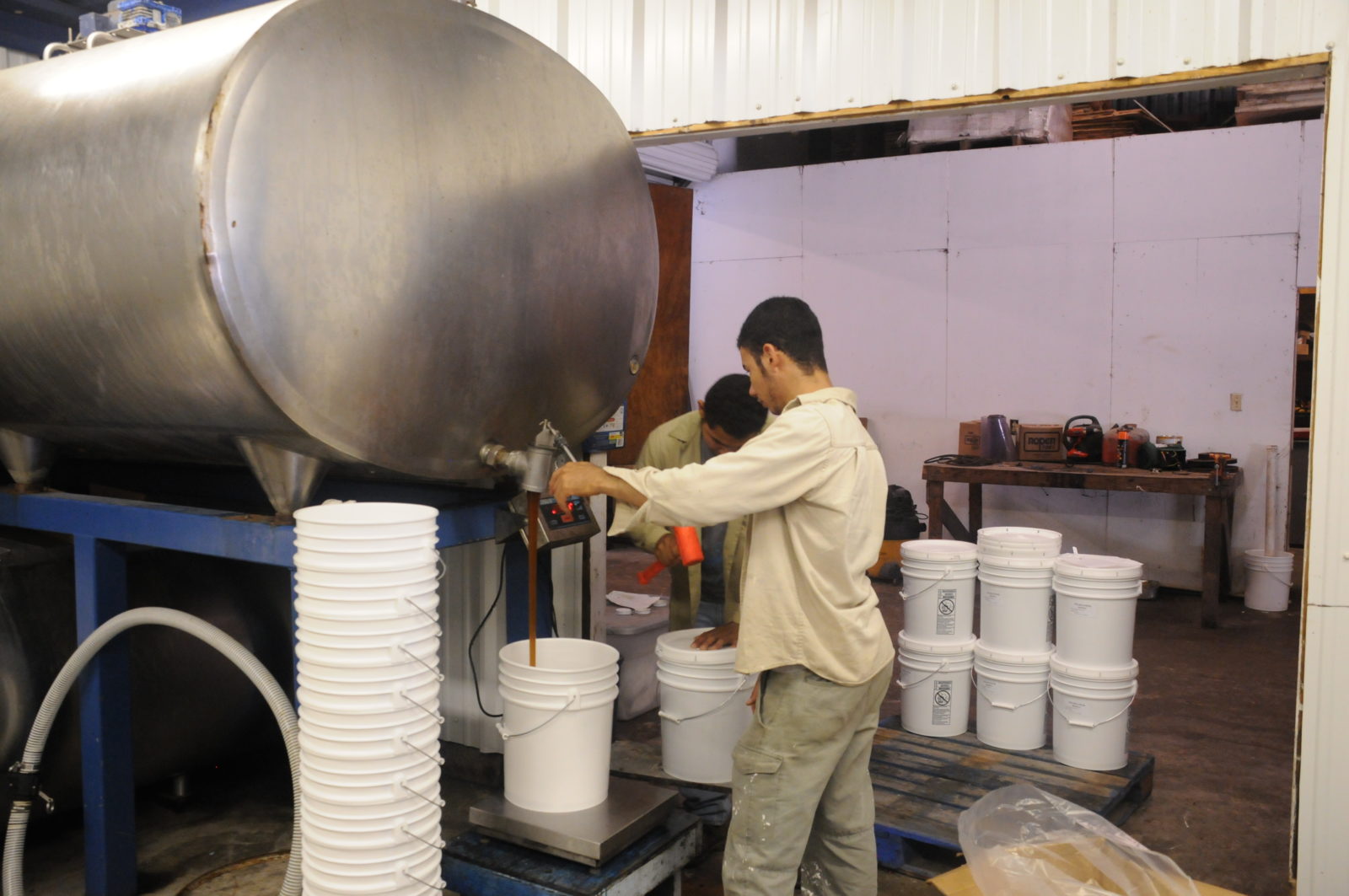
Honey Production at EHC
Historically central Louisiana was known for rapid spring build -up of honeybee colonies due mostly to early pollen flows coupled with intermittent nectar flows from plant sources such as privet and willow. The construction of extensive levies following the disasterous floods of the late 1920’s provided a surplus potential as they were often planted with clover as a cover crop.
Early nectar flows found in the Red River valley north of Alexandria La .provided commercial honey production through the mid 1960’s
The tallow tree was introduced into the United States by Ben Franklin in 1776 and again in the 1850’s as a seed oil crop providing oil for candles and soap. Tallow trees have been cultivated in China for at least 14 centuries. Local rumor has it that Tallow tree seeds traveled to southeast Texas and Louisiana on oil drilling pipe and equipment commonly moved around the planet.
There is a tipping point where a plant species like tallow evolves from a build-up source of pollen and nectar to a population density resulting in a commercial honey source .According to Terry Overbey, a lifelong Louisiana beekeeper, the tipping point for tallow honey occurred back in the 1970’s in south central Louisiana. Tallow trees produce a mild tasting light amber honey,
Today EHC is one of the largest tallow honey producers in the U.S. with typical crops yielding over 1.5 million lbs. of honey per year. Although tallow is the major component of our Louisiana wildflower honey other sources such as privet in early spring and buckwheat vine along blue vervane ,an aster in summer round out the pleasing flavor of our Louisiana wildflower honey.
Tallow trees are considered invasive and there are increasing government efforts to eliminate them. They are a major commercial honey source in Texas and Louisiana as well as a dependable” non-crop” food source for honeybees and wild pollinators across the entire southeast.
